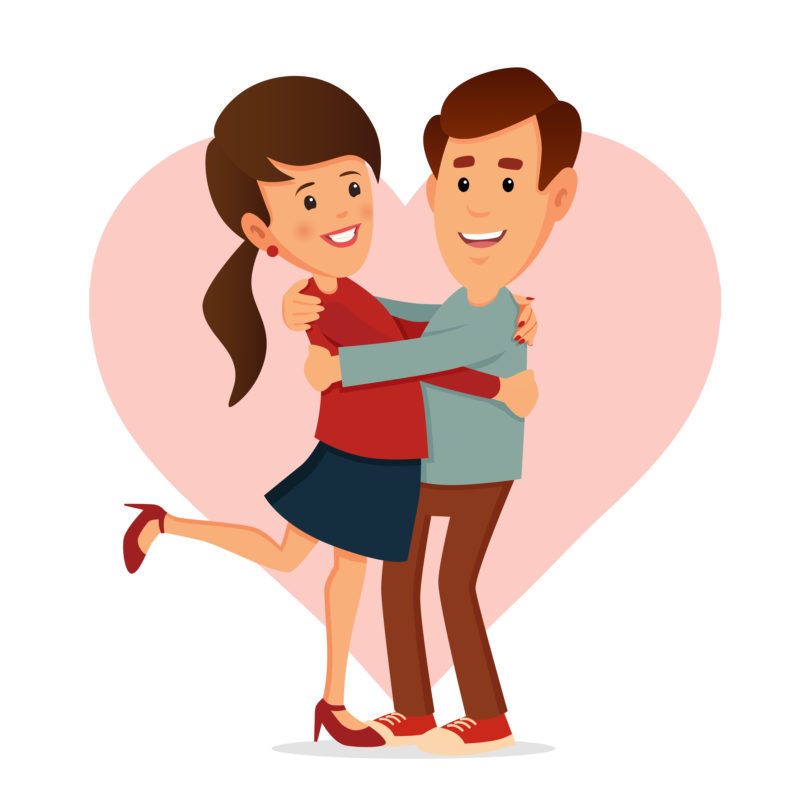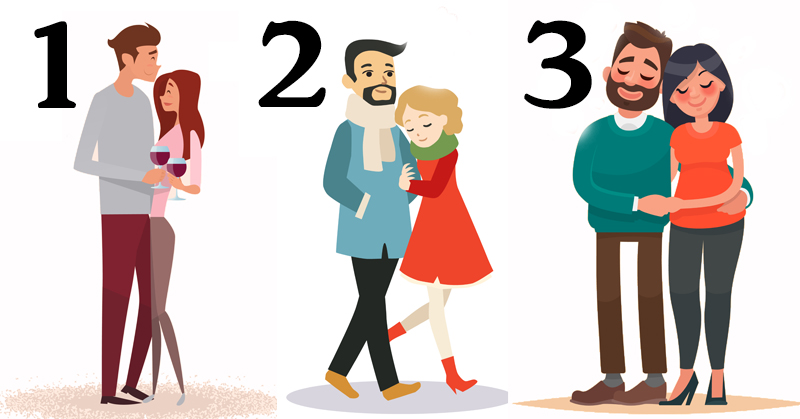Haptics is a non-verbal communication through touch. Social psychologists say that this type of communication can reveal a lot about a couple. By watching how two people behave around each other, you can get a deeper look into their relationship.
Simply choose the couple that looks the happiest:

1. In this relationship, the woman is proud of her partner. She is also independent and she doesn’t care what people think of her. The man in the relationship is committed. He values the bond that the two of them share and he is dedicated to making it work. This non-verbal communication style is based on openness to each other.

2. In this relationship, the woman plays an important role in the man’s life. She pays attention to the important things and helps her man navigate through life with her unwavering support. She is his biggest fan and his north star.

3. In this relationship, the man is the ultimate leader. He guides the way for the couple. At times, he can be short tempered, but his partner balances him out with her calm and peaceful nature.

4. In this relationship, the hug suggests that the man wants to protect his partner from anything painful. He supports her in all of her endeavors and is there to comfort her when needed. Their relationship is based on mutual trust and respect.

5. In this relationship, each partner is the other’s biggest support system. They love spending time together, regardless of what they’re doing. They always enjoy each other’s company.

6. In this relationship, each partner respects each other’s wishes and opinions. They aren’t the type of couple who enjoys expressing their feelings in public, but that doesn’t mean they are happy or in love. When the two of them are alone, the romance comes alive.

7. In this relationship, each partner enjoys showing off their feelings to the world. They post hundreds of pictures together and they commonly display romantic gestures in public. They share common interests which keeps them from getting bored around each other.
Sources:
Bright Side
The Psychology of Wellbeing


